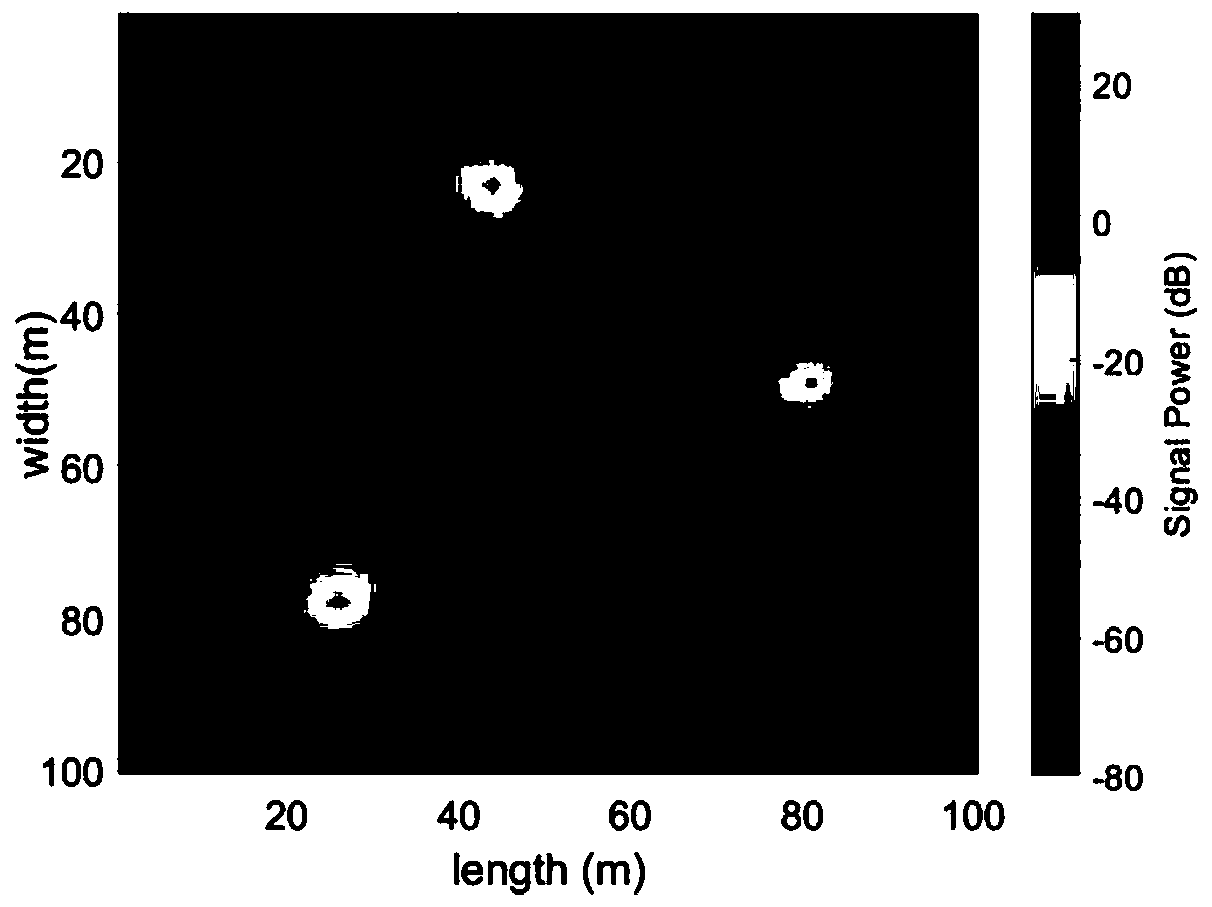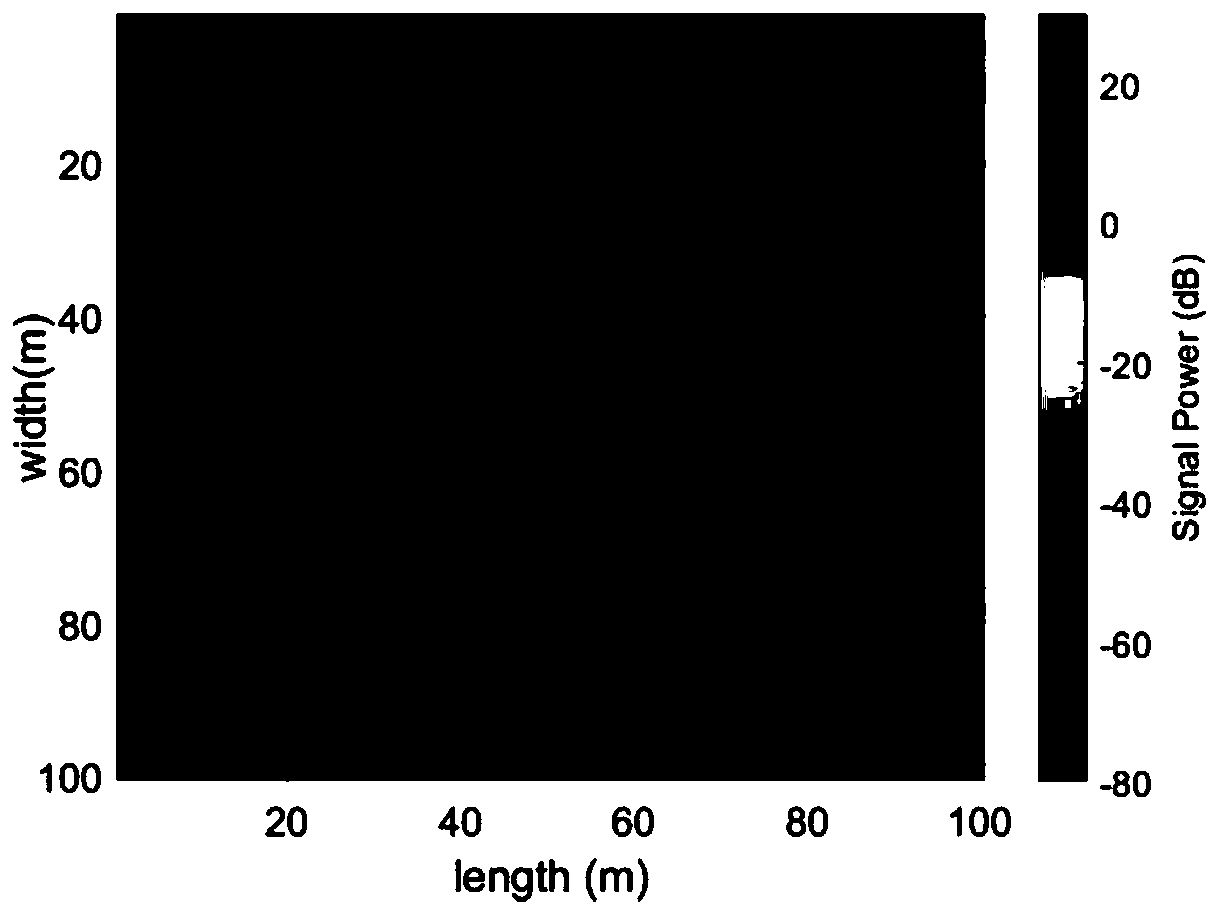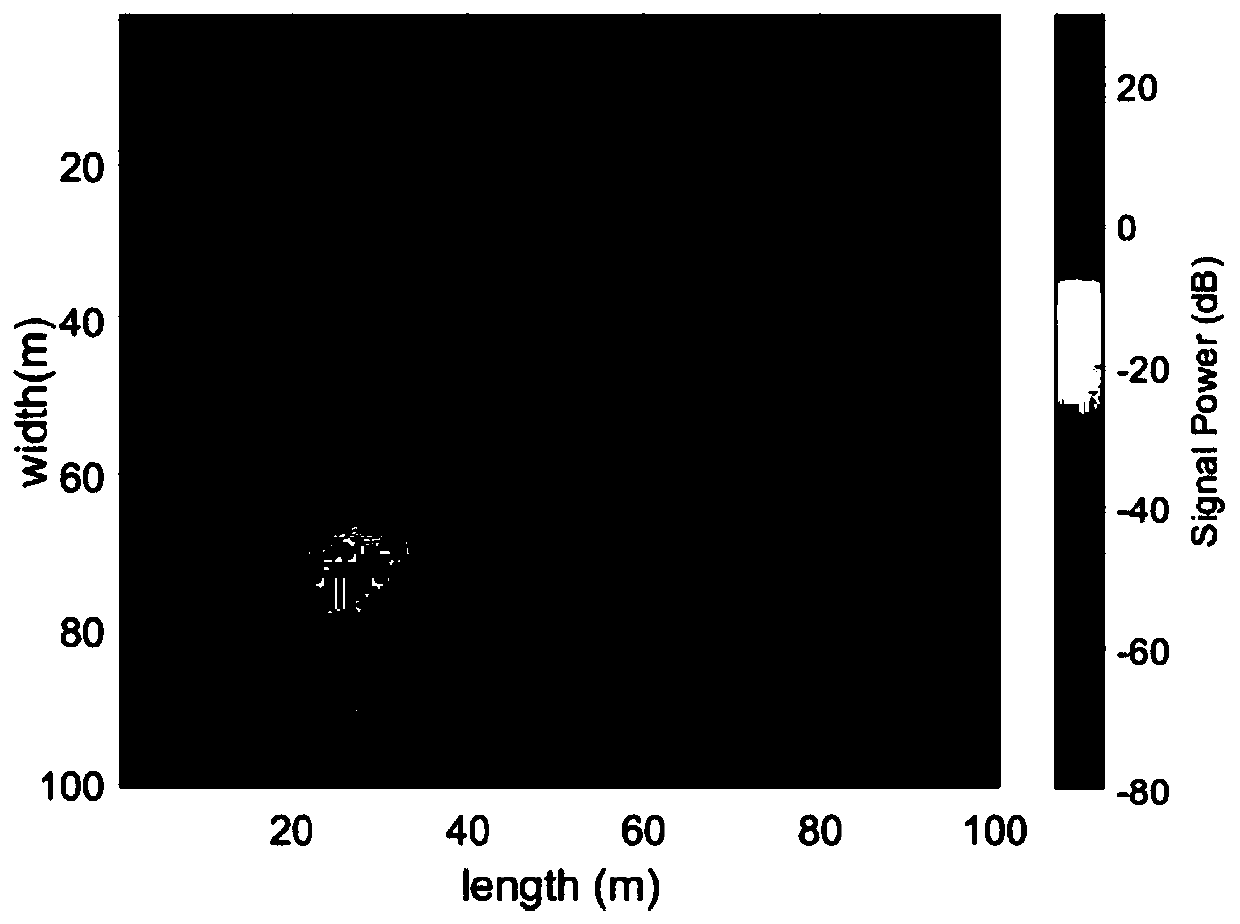Construction method of electromagnetic spectrum map
A construction method and spectrum technology, applied in electrical components, transmission monitoring, transmission systems, etc., to achieve the effect of optimal construction accuracy, low sensor quantity and deployment requirements, and improved accuracy
- Summary
- Abstract
- Description
- Claims
- Application Information
AI Technical Summary
Problems solved by technology
Method used
Image
Examples
Embodiment Construction
[0055] The embodiments of the present invention will be described in detail below with reference to the accompanying drawings, but the present invention can be implemented in various ways defined and covered by the claims.
[0056] A method for constructing an electromagnetic spectrum map, comprising the following steps:
[0057] In the first step, select any two sensors i and j in the space, and use the negative square distance to define the spatial similarity between any two sensors i and j;
[0058] The second step is to update the attractiveness matrix R and the belongingness matrix A through an iterative process to determine the center of the sensor class; the element r(i,j) of the attractiveness matrix R is used to quantify s j Is it suitable as s i The degree of the center, the element a(i,j) of the attribution matrix is used to represent s i pick s j The degree of suitability as its center; where, s i and s j represent the positions of sensors i and j, respectiv...
PUM
 Login to View More
Login to View More Abstract
Description
Claims
Application Information
 Login to View More
Login to View More - R&D
- Intellectual Property
- Life Sciences
- Materials
- Tech Scout
- Unparalleled Data Quality
- Higher Quality Content
- 60% Fewer Hallucinations
Browse by: Latest US Patents, China's latest patents, Technical Efficacy Thesaurus, Application Domain, Technology Topic, Popular Technical Reports.
© 2025 PatSnap. All rights reserved.Legal|Privacy policy|Modern Slavery Act Transparency Statement|Sitemap|About US| Contact US: help@patsnap.com



